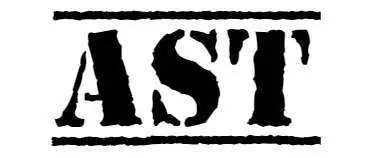The RBI recently changed its rules for mobilization of deposits leading to a future expected expansion of non-convertible debentures (NCDs) for deposit-taking housing finance companies (HFCs). As per the new guidelines declared this week, the limit for public deposits has been lowered to one time the amount of HFC’s share capital for deposit-taking HFCs. Mounted at five times its net owned funds.
This measure from the side of RBI is anticipated to alter the funding models implemented by HFCs and press them to look for other methods to continue funding the expansion of their loans. The consequential RBI decrease in deposit limit means HFCs will be left with lesser ability to mobilize deposit to support increased loan portfolio,” the chief executive of a leading housing finance company said in a statement to Financial Express. In the case of HFCs with sound credit ratings, bank borrowing cost is almost at par with the cost incurred in issuing NCDs; consequently, MHP expects NCD issuance levels to rise, to meet growing loan demand.
Some of the potential losers arising from these measures include the leading HFCs including LIC Housing Finance, PNB Housing Finance, Can Fin Homes, and Sundaram Home Finance among others.
At the moment, highly rated HFCs can finance themselves from the banks anywhere near 7. 70%, but the small and the lowly rated may incur an extra 20 to 25 basis points in cost. The request made by the HFCs to the RBI to shift away from the dependence on deposits makes NCD a plausible funding source for the former even in its absence. The RBI has wanted NBFCs to come out of the confines of borrowing from banks because of which it has asked them to look for other sources of funds.
“I believe that HFCs are going to prefer the NCDs for mobilization of funds than depending on the bank borrowings particularly in the light of increased directives from the RBI calling for diversification. ” argued the Chief Financial Officer of a leading housing finance firm. Hence, NCDs will become the subject of preference for HFCs in the course of their efforts to raise funds while external commercial borrowing (ECB) will remain an option which however has its interest rate risks and other complications.
Out of the total borrowings, deposit-taking HFCs have made public deposits of an estimated ₹ 25000 crore nearly 5% of their borrowings. But for three HFCs, this figure has risen above 10%, according to Crisil.
With these new regulations in place, the dynamics of the sector are likely to change, forcing housing finance companies to look for other diversified and perhaps cheaper sources of funds through NCDs.
Key Takeaways:
- RBI’s New Regulations: The ceiling of public deposits for deposit-taking HFCs has been reduced by the Reserve Bank of India to make the HFCs look for other sources of funds.
- NCD Issuances to Rise: Through the survey, HFCs were anticipated to raise their base on non-convertible debentures in a bid to meet the loan demands. Pressure to Diversify Funding: The suggestion by RBI to various NBFCs to reduce dependency on third-party funding means that many HFCs will prefer NCDs to other funding methods such as bank loans.
- Current Borrowing Costs: Higher-rated HFCs presently borrow from banks at nearly 7 percent thereby exerting so much pressure on their operations. 70%, and, in effect, lower-rated firms pay a little bit extra. It is written in such a way that many of the words can be deemed as keywords such as NCD issuances by HFCs, RBI new regulations, other sources of funds, and multiple borrowing options.




